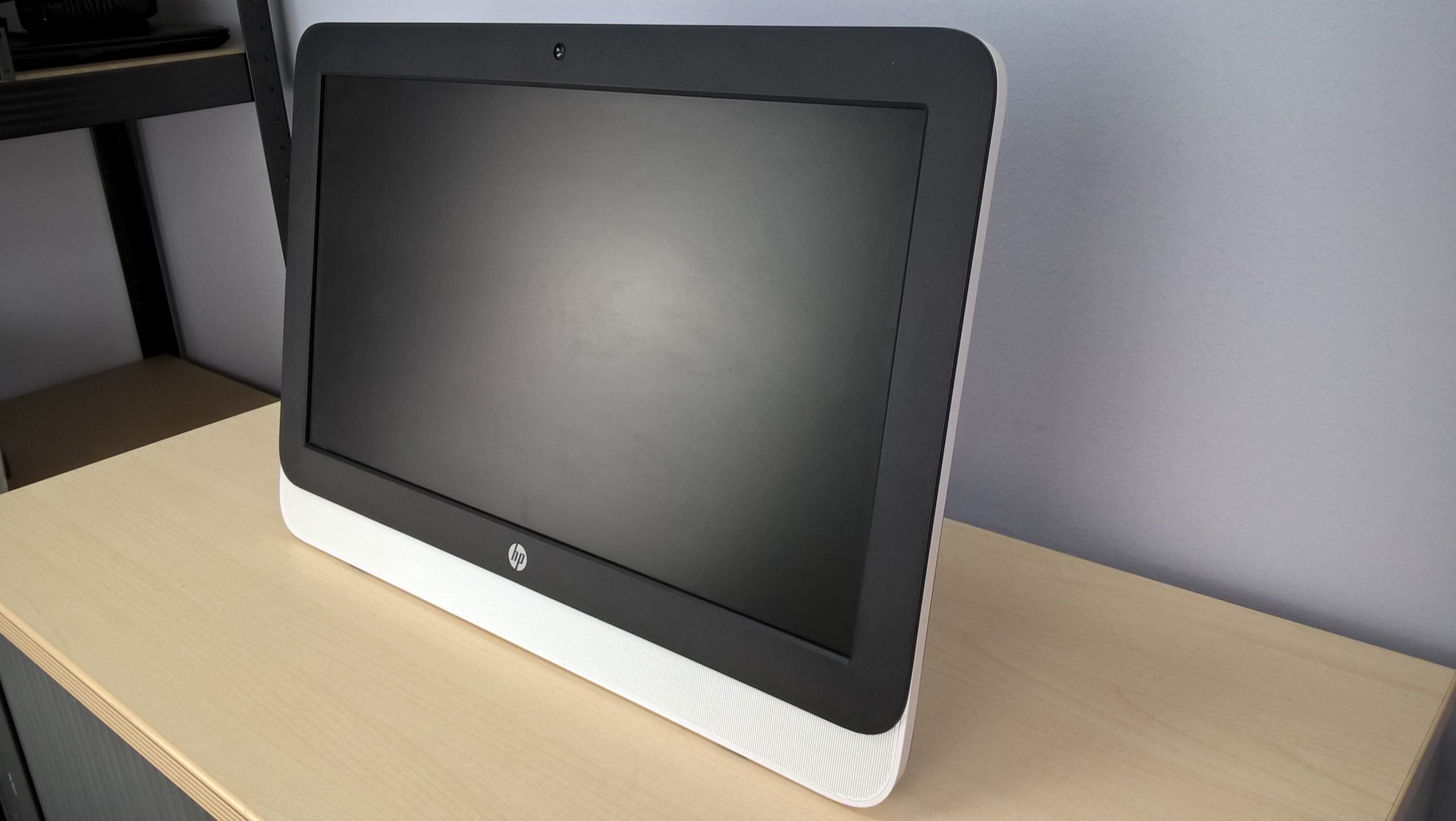Diagnosing Component Health After a Power Supply Failure
Dealing with a malfunctioning power supply unit (PSU) can be both frustrating and concerning, especially when you suspect that other components might be at risk. Recently, I experienced a power surge that led to my power supply failing, despite having a surge protector. After the incident, my computer would shut down unexpectedly under high loads, accompanied by a burnt smell, prompting me to investigate potential damage to other components.
Fortunately, a new power supply is on the way, but it left me wondering how to assess the condition of my CPU, motherboard, and other critical parts. If you find yourself in a similar situation, here are some effective methods for checking the health of your computer components.
1. Stress Testing the CPU
One of the most direct ways to evaluate whether your CPU is functioning properly is to conduct a stress test. Tools like CPU-Z and Prime95 can be useful in this scenario. Prior to the PSU failure, I ran a stress test that resulted in a shutdown, but repeating this test with a new power supply will give me a clearer understanding of the CPU’s integrity. Just be cautious and monitor temperatures and performance closely.
2. Checking for Errors with System Utilities
Utilizing built-in operating system tools can also help gauge the health of your drives. For instance, running a check disk (chkdsk) can identify and rectify issues on your hard drives or SSDs. I performed this before identifying the PSU as the root cause, and the results indicated no problems, which is encouraging.
3. Using Diagnostic Software
In addition to stress testing and system checks, diagnostic software such as HWMonitor can provide insights into temperatures, voltages, and fan speeds across your hardware. Programs like MemTest86 can also help ensure that your RAM remains undamaged, which is crucial for system stability.
4. Visual Inspections
Don’t underestimate the power of a simple visual inspection. If you are comfortable doing so, check for any signs of physical damage on components, such as burned circuits or bulging capacitors. This can provide immediate reassurance and help you identify any parts that may need replacement.
Conclusion
In my case, the new PSU has resolved the issue, and the computer is now functioning as intended. It’s crucial, however, to follow the necessary steps for testing other components to ensure they are in full working order. By employing stress tests, system utilities, diagnostic software, and performing
Share this content:



